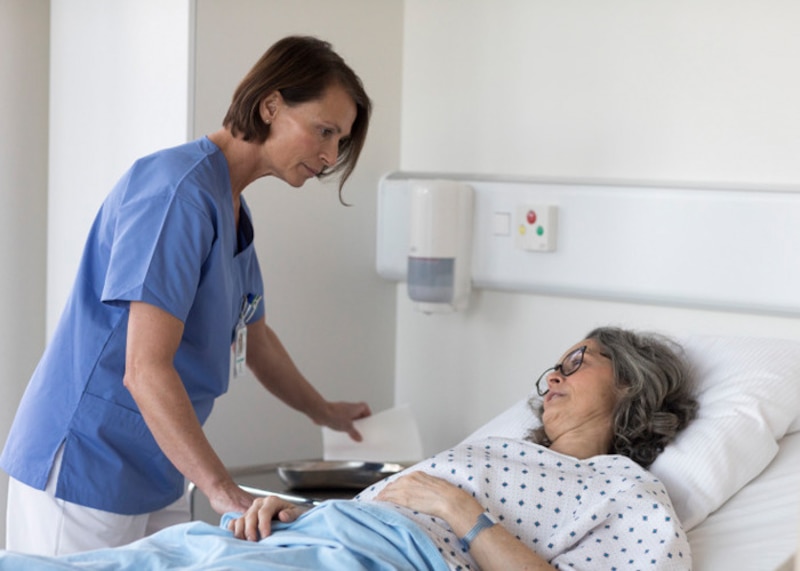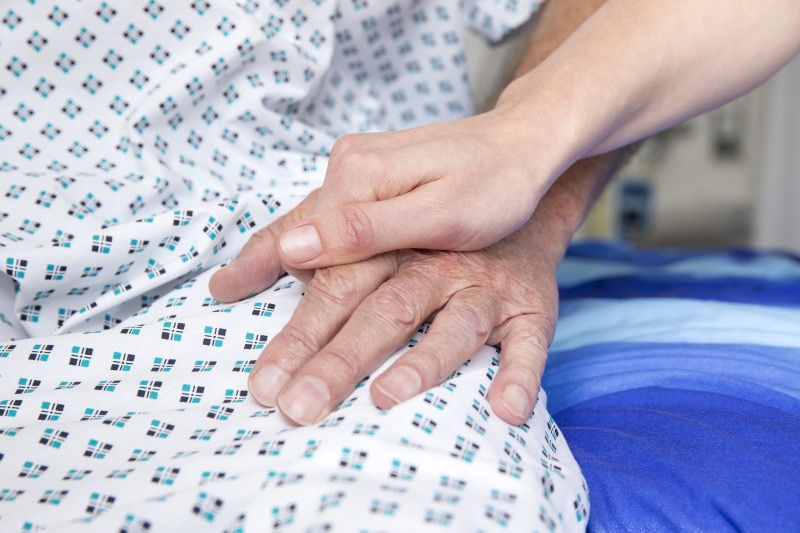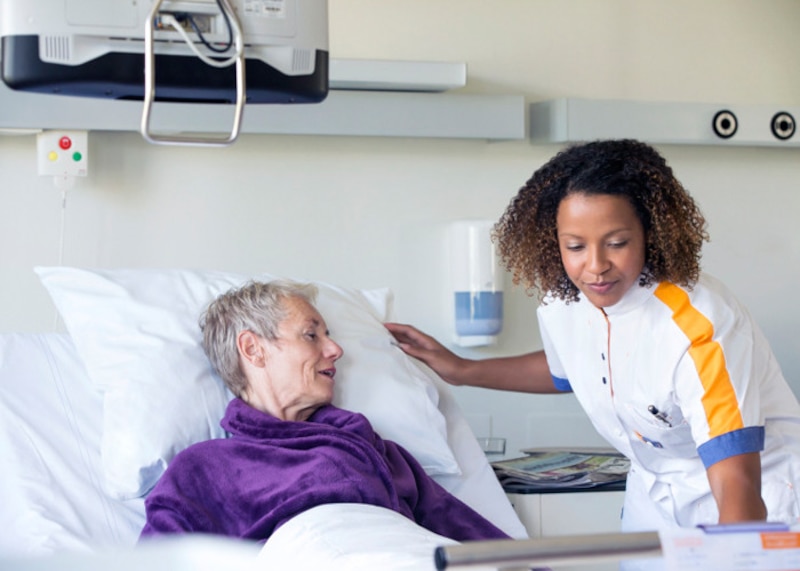

1. Before touching the patient
In order to prevent the patient from being colonized with healthcare-associated microorganisms, hand hygiene must take place before touching the patient or entering the patient zone. The patient zone contains the patient and his/her immediate surroundings, including surfaces touched by the patient (such as the bed rails, infusion tubing) and surfaces frequently touched by staff (such as monitors, knobs and buttons).
Examples: Before shaking hands, helping a patient to move around, clinical examination.

2. Before a clean/aseptic procedure
Before performing a clean/aseptic procedure, hand hygiene is critical in order to prevent HCAI. Hand hygiene should take place between the last exposure to a surface and immediately before access to a critical site with infectious risk for the patient or a critical site with combined infectious risk.
Examples: Before wound dressing, catheter insertion, preparation of food, medications.

3. After body fluid exposure risk
After performing a task associated with a risk to expose hands to body fluids, hand hygiene must take place instantly and before a new hand-to-surface exposure, even if you stay within the patient zone. This action reduces both your risk of being colonized or infected by infectious agents, and the risk of transmitting microorganisms from a “colonized” to a “clean” body site within the same patient.
Examples: After drawing and manipulating blood, clearing up urine, feces, handling waste.

4. After touching a patient
After touching the patient and before touching an object in the area outside of the patient, hand hygiene is important to minimize the risk of dissemination to the healthcare environment. This action also protects you by significantly reducing contamination of your hands with the flora from the patient.
Examples: After shaking hands, helping a patient to move around, clinical examination.

5. After touching patient surroundings
The final moment for hand hygiene occurs between hand exposure to a surface in the patient zone and a subsequent hand exposure to a surface in the area outside of the patient - but without touching the patient. Hand hygiene is required in this moment since exposure to patient objects, even without physical contact with the patients, is associated with hand contamination.
Examples: After changing bed linen, perfusion speed adjustment.
More educational material
For E-learnings and other educational material about Skin Health and Hand Hygiene. Please contact us at 866-722-8675
